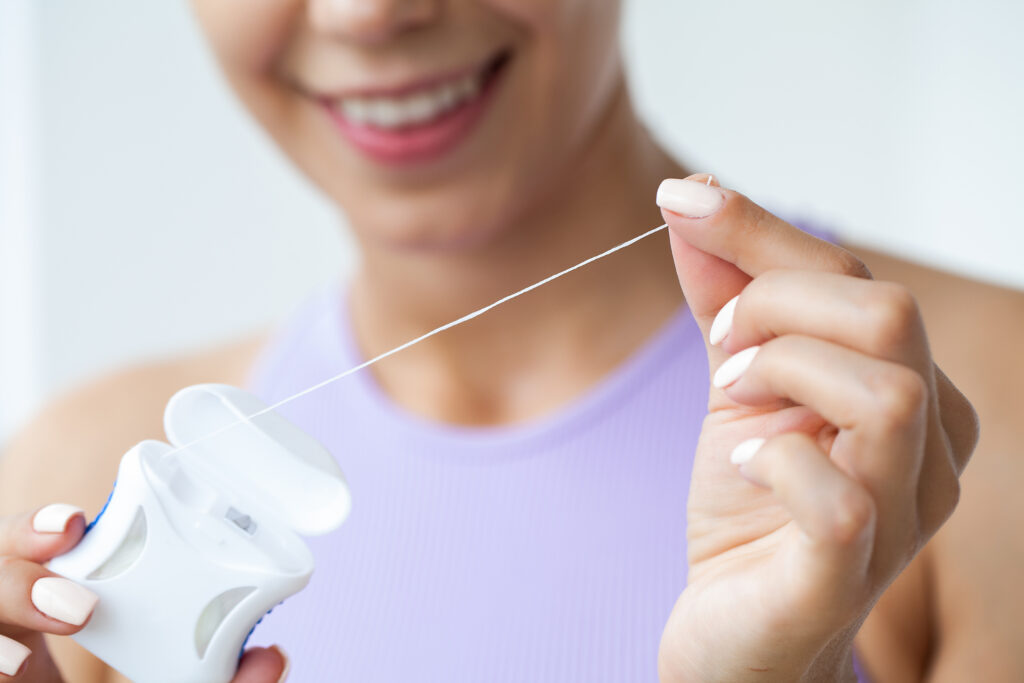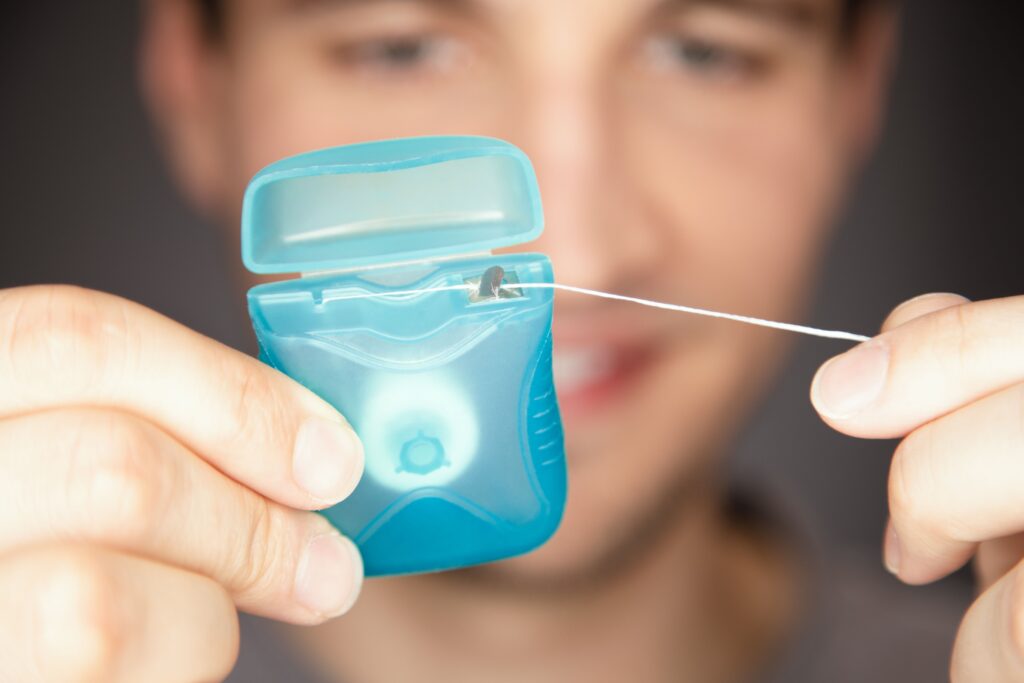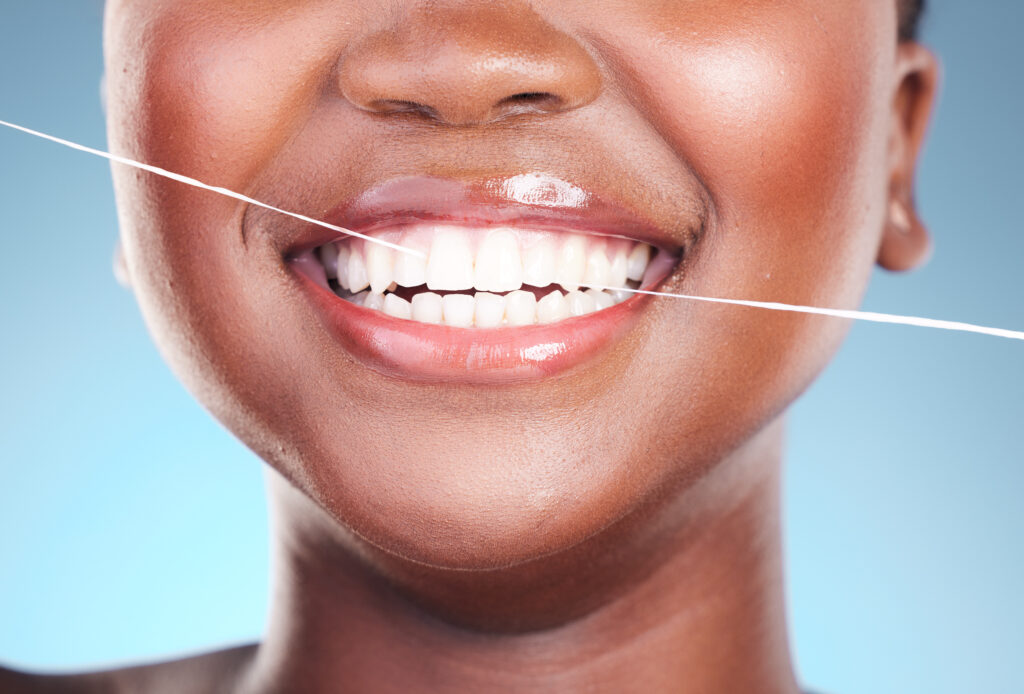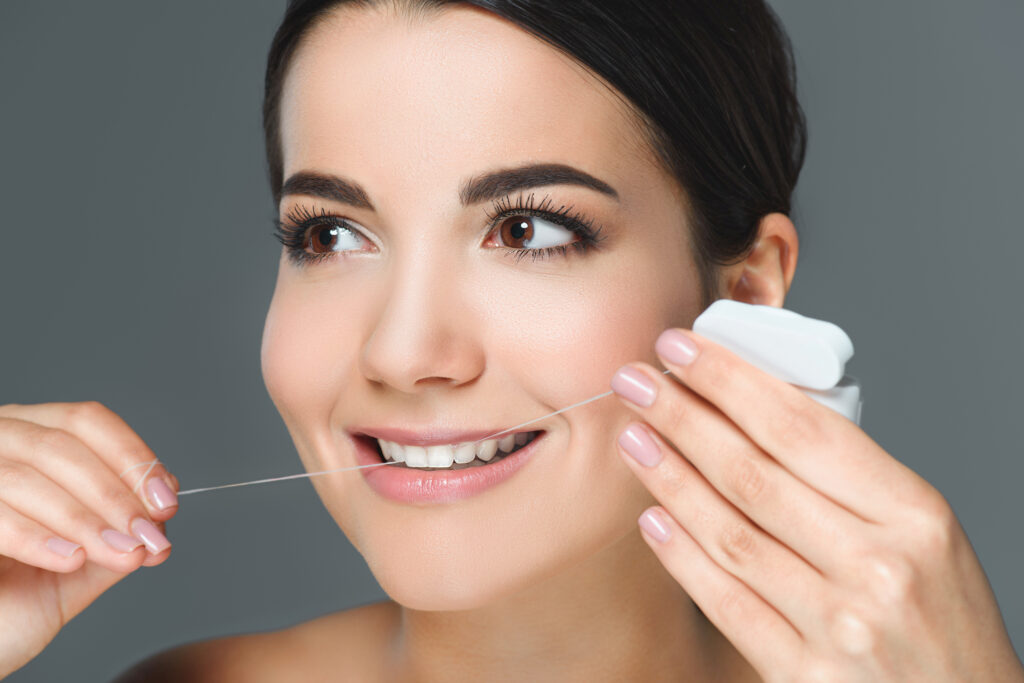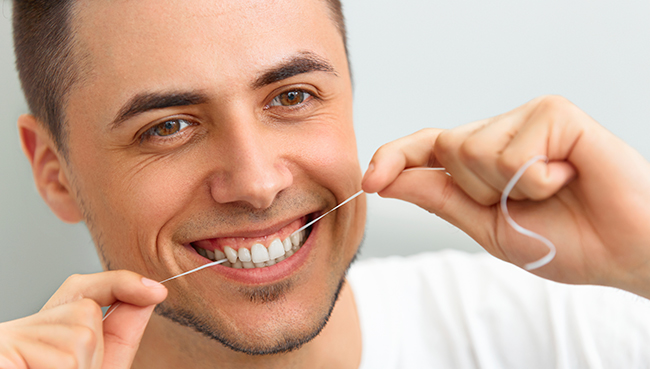Dental fillings play a crucial role in restoring the strength and functionality of a tooth affected by decay or damage. Once you’ve undergone a dental filling procedure, it’s essential to care for your oral health diligently. One common concern is whether it’s safe to floss after a filling. Here we will address various aspects of oral care after a tooth filling, including flossing, and provide helpful tips to ensure you maintain optimal oral hygiene without compromising the integrity of your dental work.
Can you floss after a filling?
After getting a dental filling, it is generally safe and important to continue flossing. Flossing helps remove plaque and debris from between your teeth, preventing further decay and promoting overall oral health. However, it’s crucial to approach flossing with care to avoid any damage to the newly filled tooth.
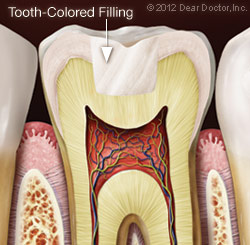
The interdental spaces, where flossing comes into play, are notorious for harboring bacteria and food particles that, if left unaddressed, can lead to the development of new dental issues. Flossing, therefore, acts as a proactive measure, targeting these hard-to-reach areas and mitigating the risk of future dental problems. It’s a simple yet effective practice that complements the dental filling’s role in restoring your tooth’s functionality and structural integrity.
When selecting a flossing product, opting for a waxed or dental tape floss proves advantageous. The smoother texture minimizes the risk of the floss catching on the filling or causing unnecessary friction. As you floss, make a conscious effort to guide the floss gently between your teeth, avoiding forceful or aggressive movements.
Can you floss after a temporary filling?
If you have a temporary filling, the rules still apply. Flossing is generally safe, but it requires a delicate touch. Temporary fillings are not as sturdy as permanent ones, so gentle flossing is crucial to prevent dislodging or damaging the filling material.
Understanding the delicate nature of temporary fillings is paramount in ensuring the success of your dental treatment. While these fillings are designed to provide a protective barrier for your compromised tooth, they lack the durability of permanent solutions. Hence, when it comes to flossing, a gentle and considerate technique is imperative to avoid any unintended consequences.
Can you accidentally floss out a filling?
While it’s not common to accidentally floss out a filling, it’s important to be cautious. Flossing should be done with a gentle, up-and-down motion rather than a sawing motion. If you feel resistance or experience any unusual sensations while flossing, consult your dentist promptly to ensure the filling is secure.

It’s essential to recognize that the inadvertent removal of a filling through flossing is not a common occurrence. Dental fillings are meticulously placed by trained professionals, using materials that adhere securely to the tooth structure. However, this doesn’t negate the importance of a cautious and gentle flossing technique to minimize any risk, no matter how minimal it may be.
What if my filling moves while flossing?
The moment you notice any movement or discomfort around the filled tooth while flossing, cease the activity immediately. Abruptly stopping allows you to minimize the potential for further displacement or damage to the filling. Next, it’s essential to contact your dentist promptly to report the issue and seek their professional guidance. Dental practitioners are well-equipped to provide tailored advice based on the specifics of your situation, ensuring a personalized and effective resolution
How to floss after a filling to avoid damage?
Proper flossing technique is key to maintaining oral health after a filling. Follow these steps:
- Use a waxed or dental tape floss to reduce the risk of snagging on the filling.
- Gently guide the floss between your teeth, avoiding forceful or aggressive movements.
- Form a “C” shape around each tooth, ensuring you clean the sides without putting excessive pressure on the filling.
- Be mindful of the filled tooth, and if you encounter any resistance, adjust your approach.
What not to do after a tooth filling?
To ensure the longevity of your dental filling and overall oral health, avoid the following after a filling:
- Avoid chewing on hard or sticky foods: Give your filling time to set properly by avoiding overly challenging foods that could potentially damage it.
- Limit extreme temperatures: Hot or cold foods and beverages can cause sensitivity. Gradually reintroduce these items and notify your dentist if sensitivity persists.
- Skip aggressive oral hygiene practices: While flossing is essential, be gentle. Avoid aggressive brushing or using toothpicks, as these actions may damage the filling or irritate the surrounding tissues.
Conclusion
In conclusion, flossing after a tooth filling is not only possible but crucial for maintaining optimal oral health. By adopting a gentle flossing technique and being mindful of your newly filled tooth, you can ensure the longevity of your dental work. Remember to follow your dentist’s post-filling care instructions and promptly address any concerns or issues that may arise. Taking proactive steps to care for your teeth will contribute to a healthy and long-lasting smile.


